 https://sosny.com/wp-content/uploads/2024/05/Why-Your-Business-Needs-Video-Calling.jpg
1250
2000
Nate Riggins
/wp-content/uploads/2024/04/SOS-Logo-Color-New.png
Nate Riggins2024-01-30 17:08:462025-04-25 20:28:30Business Video Calling: What Is It and Why Do You Need It?
https://sosny.com/wp-content/uploads/2024/05/Why-Your-Business-Needs-Video-Calling.jpg
1250
2000
Nate Riggins
/wp-content/uploads/2024/04/SOS-Logo-Color-New.png
Nate Riggins2024-01-30 17:08:462025-04-25 20:28:30Business Video Calling: What Is It and Why Do You Need It?How Does Printer Leasing Really Work?
Printing equipment is critical to the efficient running of many businesses. However, the costs and considerations of purchasing and maintaining this machinery can be overwhelming. The option to lease a printer offers a more accessible and more affordable alternative.
From a basic understanding of printer leasing to how the process works, this article breaks down everything you need to know about leasing printers for your business.
Understanding Printer Leasing
At its core, printer leasing is a simple concept. It involves a company renting a printer from a vendor for an agreed duration, usually a couple of years. But there’s more to it than that, so let’s break it down.
What Is Printer Leasing?
Printer leasing, also known as printer rental or copier lease agreement, is a flexible solution that allows businesses to equip their offices with the latest printing technology without the large upfront expense of buying. There’s something comforting about the idea of making a long-term investment in a printer. But technology advances rapidly, and that shiny new printer or copier lease might become obsolete sooner than you’d think. That’s where printer leasing comes in.
With a printer lease, you can upgrade whenever new technology comes out, ensuring you always have the most updated LCD touch screen, large format printer, or production printer. Simultaneously, printer leasing terms often include comprehensive maintenance and support, eliminating worries about malfunctions or breakdowns disrupting your business operations.
Why Do Businesses Lease Printers?
There are several reasons why businesses prefer printer leasing over purchasing:
- Cost-Effectiveness: With printer leasing, you can easily manage your cash flow. Instead of a large upfront purchase cost, you’ll make manageable monthly lease payments throughout the lease agreement. In addition, leasing a printer can offer tax benefits as the lease payments are often 100% tax-deductible as business expenses.
- Flexibility: Printer leasing offers flexibility in upgrading your equipment. If a better printer hits the market, you are not stuck with outdated technology. Want to swap your old desktop printer with the latest high-grade printer? You may want to consider leasing.
- Updated technology: Keep up with the latest and greatest in printing technology. Whether inclusive office copiers, wide-format printers, or even VOIP phone systems, leasing makes these options accessible to your business.
By opting for a printer lease, businesses find it easier to plan their budgets, avoid technological obsolescence, and focus on other critical aspects of their operations.
How to Lease a Printer: Step-By-Step
Printer leasing isn’t just about picking a printer and signing an agreement, it requires careful consideration. Let’s dive into the steps:
Identify Your Printing Needs
The first step of the leasing process is identifying your printing needs. This usually involves considering factors such as print volume, print quality, and whether you require color or black-and-white prints. Analyzing your needs helps you decide what type of printer or copier lease you require. It could be a simple desktop printer for low-volume tasks or a high-end copier for large-scale printing.
Don’t rush this process. Understanding your needs accurately ensures you select the most appropriate and cost-effective printer for your business.
Select a Printer Leasing Company
Next is selecting a reliable printer leasing company. Some critical factors are vendor credibility, customer reviews, and lease agreement terms. The last thing you want is to get stuck in a copier lease agreement that doesn’t meet your needs, or worse, with a leasing company that doesn’t value your business.
A credible vendor usually offers many lease options, transparent terms, and excellent customer service call response times.
Review the Lease Agreement and Terms
Before signing on the dotted line, reviewing the lease agreement terms carefully is crucial. Keep an eye on the contract duration, monthly payments, maintenance costs, and any additional terms the agreement might have. For instance, some copier lease agreements may have a clause stating that the client will bear the cost of any service call outside the warranty period. Knowing the specifics of your agreement is crucial because these factors significantly affect your leased printer’s overall cost and efficiency.
Choose the Right Printer to Lease
Once you’ve identified your needs and thoroughly evaluated the printer leasing company, you get to choose the printer to lease. The key here is to select a printer that aligns with your identified printing needs. Don’t pick your printer based on price alone, but consider aspects like print quality, speed, and whether it may require any particular type of absolute toner or cartridges.
Printer leasing is only as effective as the equipment you choose, but you can make the right decision for your business needs by reading our blog.
Printer Delivery and Installation
Once you’ve selected your printer, completed the lease application request, and signed the lease agreement, the chosen printer can be delivered to your business. The leasing company should handle the installation process, setting up the LCD touch screens, VoIP phones, or other related services. If there are any issues, they’ll be on hand to ensure everything works correctly.
Following these steps ensures you have a seamless experience with your printer leasing.
What to Consider When Leasing a Printer
When considering printer leasing, there are several factors that lessees should carefully evaluate to ensure they choose the most suitable arrangement for their business needs:
Is Maintenance and Support Offered During Your Lease?
When entering a leasing agreement, determine if the vendor provides maintenance and support during the lease term. Printers are prone to technical hitches, wear, and tear. Therefore, it’s important to have a robust support system in place.
Does the maintenance include routine checkups or only service calls when things go haywire? Is there a dedicated team to respond to your calls, or do you have to wait in line at a call center? What’s their typical response time?
Consider the Cost
When it comes to printer leasing, cost-effectiveness is a key selling point. However, one must be vigilant about hidden costs that could sneak up on you, including:
- Monthly Lease Payments: This is the amount you’ll pay the lease company every month. Make sure it fits within your business budget.
- Upfront Costs: Some lease agreements may require an upfront payment before the lease term begins. Be aware of this initial expense.
- Total Costs: Add up all the costs throughout the lease term, including any additional fees, to figure out the total cost of leasing.
Remember to compare the costs with other vendors and consider the tax benefits of printer leasing before deciding. This financial scrutiny ensures your cash flow isn’t adversely impacted, and you get the best deal possible.
Lease Duration
The lease term is often overlooked but is integral to any lease agreement. Whether it’s six months or five years, determining the lease term depends on several factors.
Firstly, consider your business needs. A short-term lease may be more suitable if your company is expanding rapidly. This is because it allows for flexibility in updating your technology or adjusting to increased print volume.
On the contrary, a long-term lease might be the better option if your company’s growth is stable and your printing needs are unlikely to change dramatically. Long-term leases often come with lower monthly payments than short-term ones, adding to their financial appeal.
Your Printer Lease Is Up—Now What?
Once your printer lease is up, you will likely have a few different options for what to do next. Consider the following post-leasing options:
- Buy the Equipment and Own It Outright – This is the cheapest option when the business does not need more or less than what the printer or copier is doing.
- Return the Equipment and Receive No Further Payments or Fees: If you know your needs and want a new printer that does more or less than the one being leased, this would be the right decision for you. In other words, you know leasing is no longer needed, and the current printer isn’t the right one.
- Lease Another Piece of Equipment – At the end of the lease, you might realize that more or less is needed, but you’re not sure how much. When you aren’t sure what to do but know change is necessary, this would be the option to take.
- Buy a Service Contract – If needed, this covers repairs while you own your machine. This is called a “service renewal.” This would be an option that would go along with the buying outright.
Whether you want to extend your lease agreement or purchase equipment outright, Superior Office Solutions has you covered.
Lease the Printing Equipment You Need With Superior Office Solutions
Leasing copiers and printers is often a wise business decision for small businesses. It allows you to make the most of your investment while avoiding the hassles of buying new equipment.
At Superior Office Solutions, we’ll handle the maintenance and repairs of your printers and copiers, so you only have to pay a flat monthly fee. This gives you more time to focus on running your business instead of worrying about maintaining equipment or paying off debt from other purchases.
Contact us today to discover your printer leasing solution.





